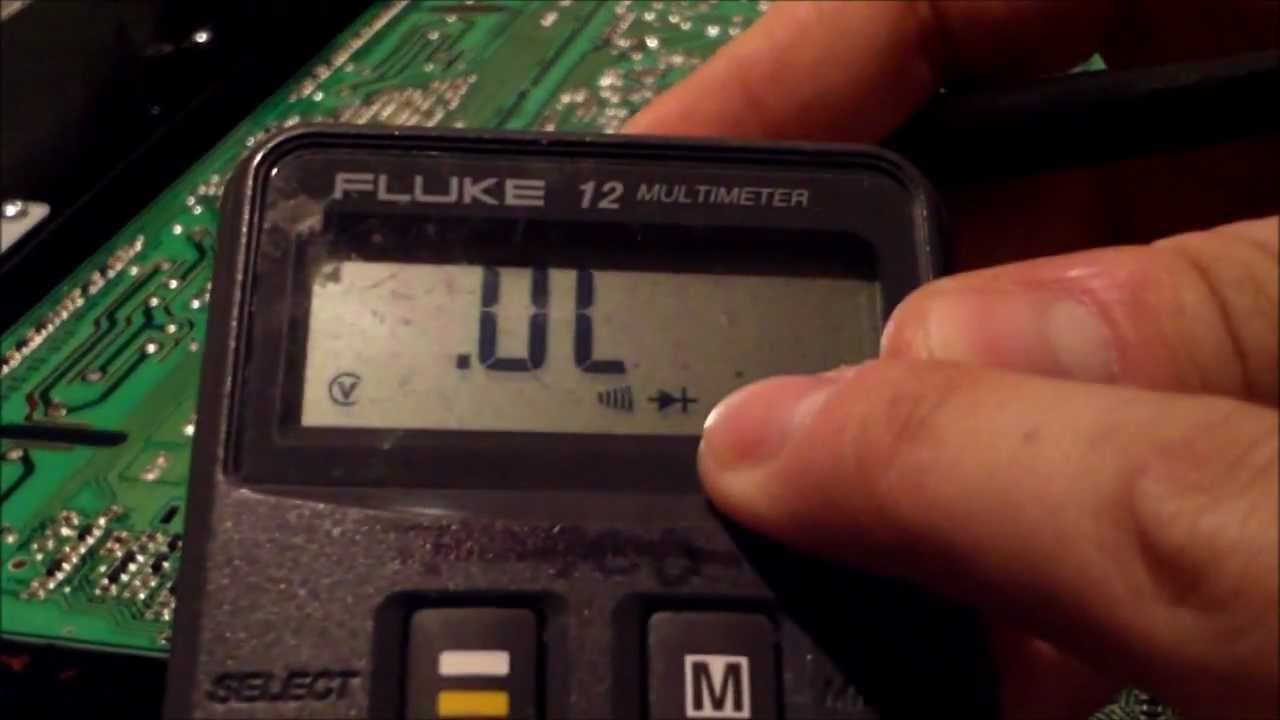
How to Identify a Bad Transistor
Transistors are essential components in electronic devices, acting as amplifiers, switches, or signal modulators. However, like any electronic component, transistors can fail over time. Identifying a bad transistor is crucial for troubleshooting and maintaining the functionality of your electronic devices.
Knowing the Symptoms of a Bad Transistor
One of the first signs of a bad transistor is a noticeable decrease in performance or malfunction of the device. This can manifest as distorted audio in amplifiers, flickering screens in displays, or erratic behavior in electronic circuits.
Another common symptom is overheating. If a transistor is hot to the touch or if you notice a burning smell, it may indicate that the transistor is faulty.
Additionally, if you notice a transistor that is physically damaged, such as cracks, chips, or corrosion, it is likely that the transistor has failed.
Using a Multimeter to Test Transistors
One of the most common methods to identify a bad transistor is by using a multimeter. Set the multimeter to the diode test mode and place the probes on the base, collector, and emitter of the transistor. A healthy transistor will show a voltage drop between the base and emitter when forward-biased and between the base and collector when reverse-biased.
If the multimeter reading does not show any voltage drop or if the values are significantly different from the expected readings, it is an indication that the transistor is faulty and needs to be replaced.
Visual Inspection of Transistors
Another method to identify a bad transistor is through visual inspection. Examine the transistor for any physical damage, such as cracks, burns, or corrosion. Additionally, check for any signs of overheating, such as discoloration or melted components.
If you notice any of these signs during visual inspection, it is likely that the transistor is defective and should be replaced.
Testing Transistors with a Transistor Tester
For a more detailed analysis of a transistor’s parameters, you can use a transistor tester. These devices provide information on the hFE value, forward voltage drop, and other important parameters of the transistor.
By testing the transistor with a transistor tester, you can accurately determine if the transistor is functioning within its specified parameters or if it needs to be replaced.
Conclusion
Identifying a bad transistor is crucial for maintaining the performance and functionality of your electronic devices. By knowing the symptoms of a bad transistor and using methods like multimeter testing, visual inspection, and transistor testers, you can effectively troubleshoot and replace faulty transistors in your electronic circuits.
Was this helpful?
0 / 0